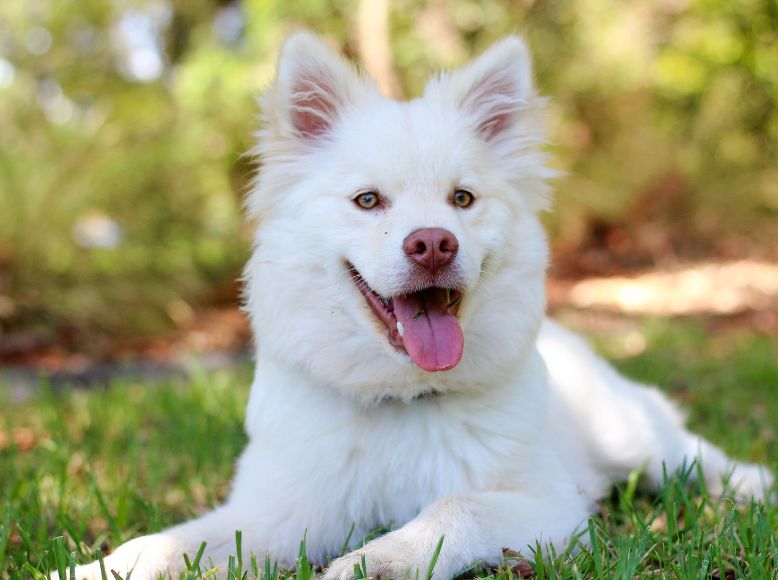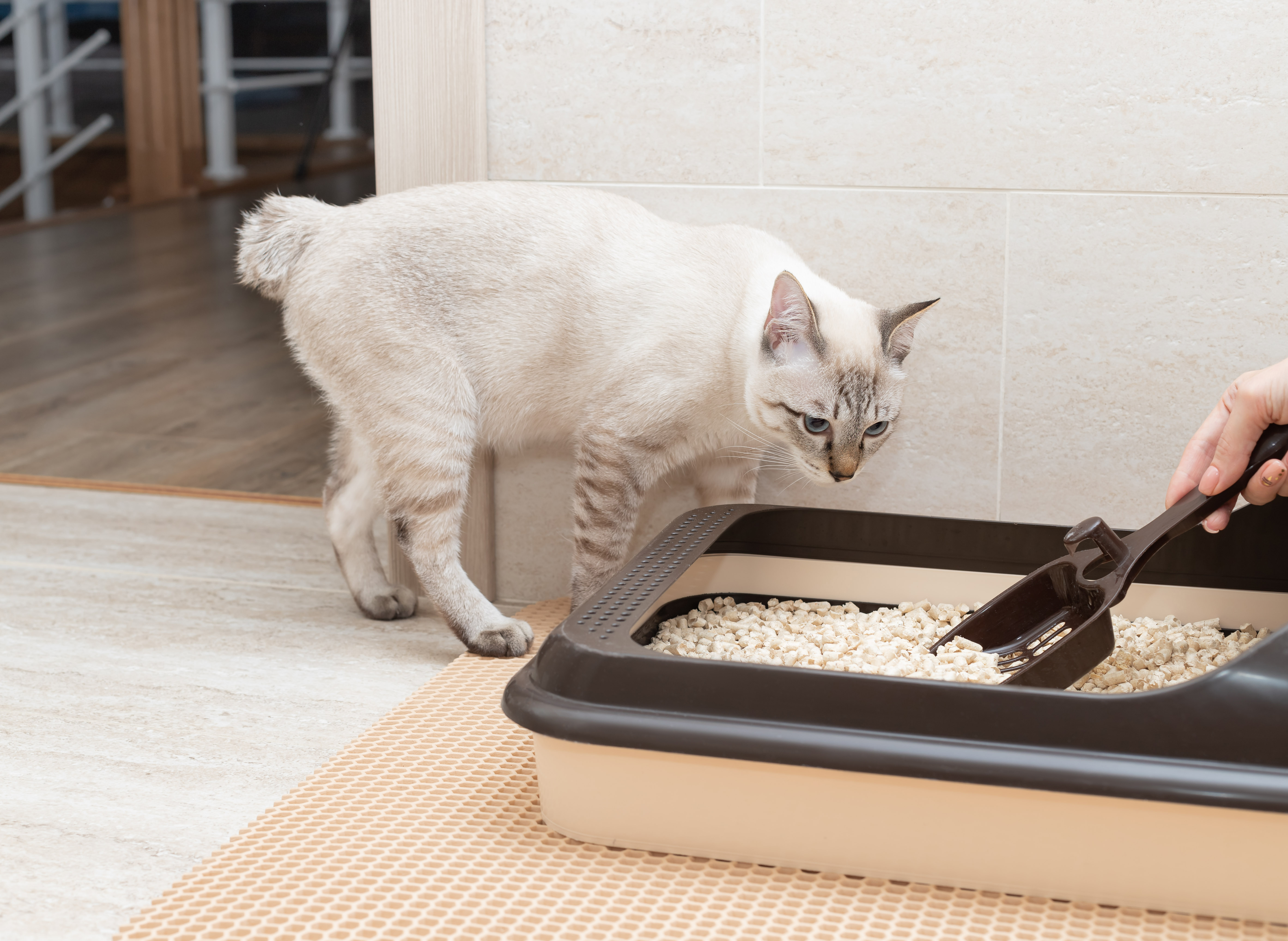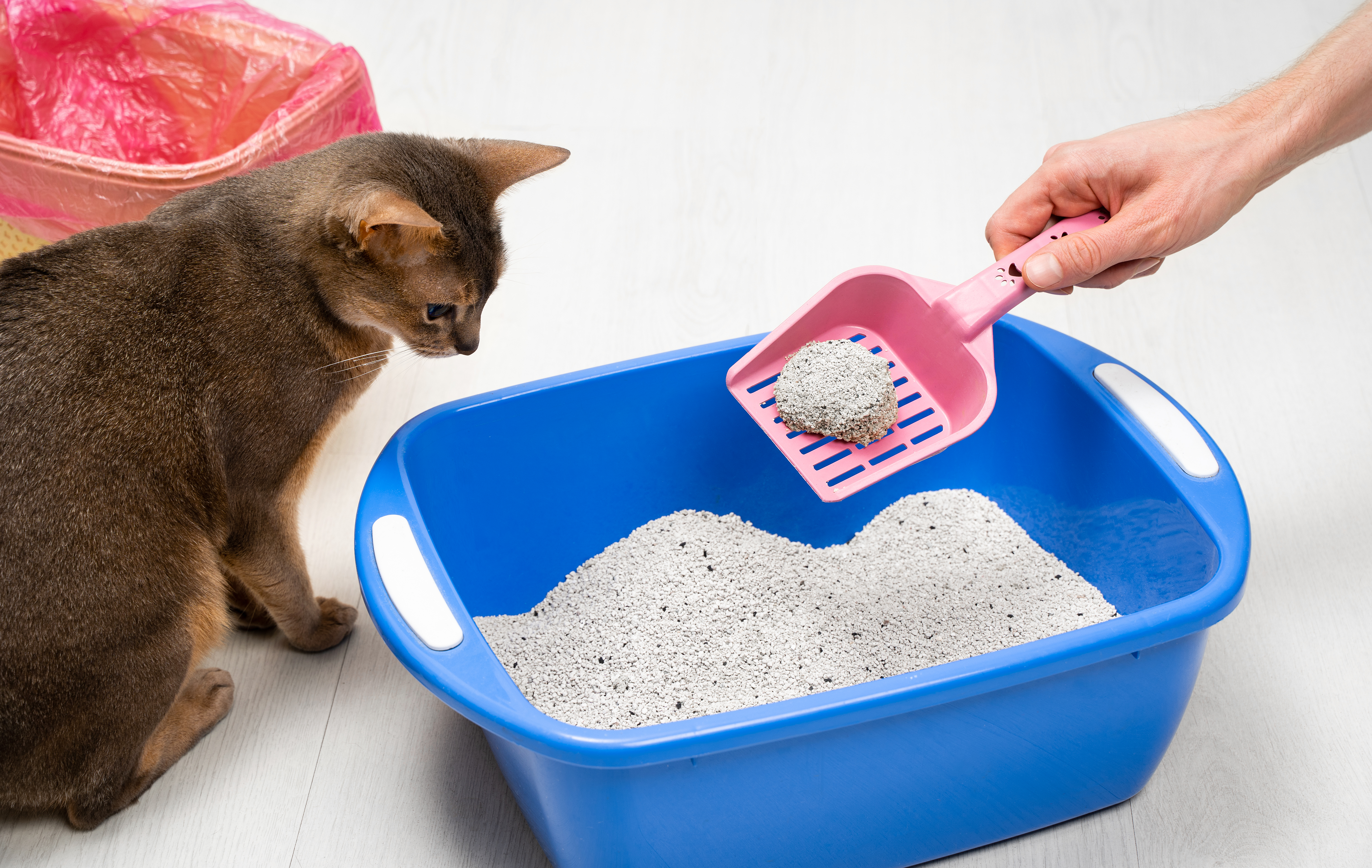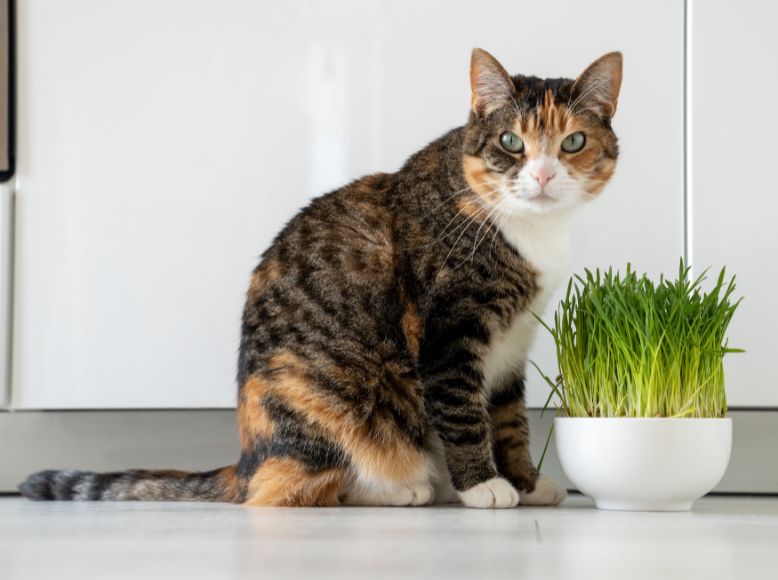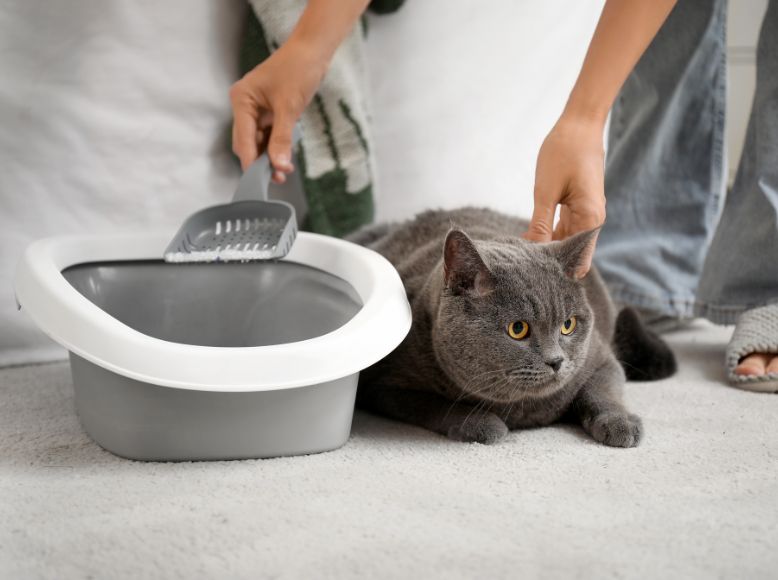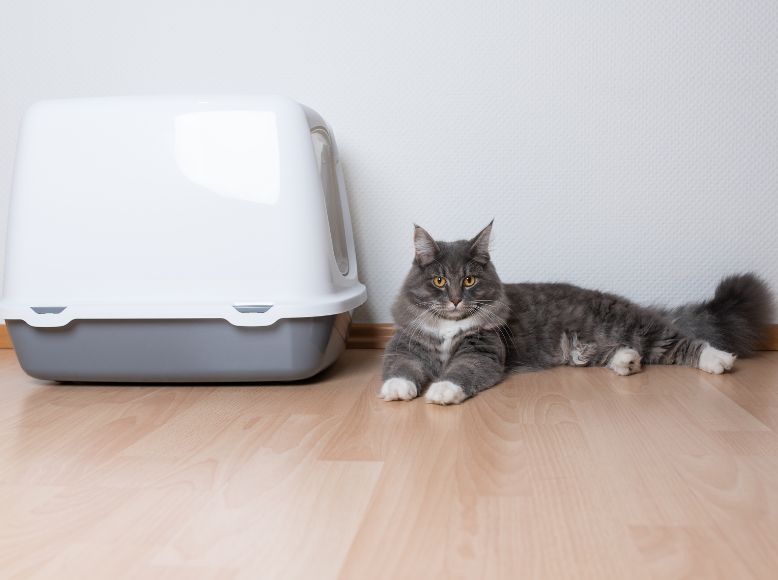Leaving your dog home alone while you’re at work can be stressful—for both you and your furry friend. Dogs are naturally social, curious, and energetic animals, so long stretches of time without stimulation may lead to boredom, anxiety, and even destructive behavior. Fortunately, one of the best ways to keep your dog mentally engaged during your absence is by providing them with puzzle toys.
While there are plenty of puzzle toys available in pet stores, you don’t always have to spend a fortune. In fact, DIY puzzle toys can be just as effective, affordable, and fun to make. They offer endless opportunities to challenge your dog’s brain, encourage problem-solving, and keep them entertained until you return home.
Table of Contents
Why Puzzle Toys Are Beneficial for Dogs
Mental stimulation is just as important as physical exercise for dogs. Puzzle toys engage your dog’s natural instincts to sniff, chew, and figure out how to access food or treats. Keeping your dog mentally occupied not only prevents boredom but also reduces stress and lessens the likelihood of unwanted behaviors like excessive barking, chewing, or digging.
Interactive toys provide a positive outlet for energy, boost confidence as your dog successfully completes a challenge, and help make alone time more enjoyable.
DIY Puzzle Toy Ideas to Try at Home
Here are several simple yet effective puzzle toys you can easily create using items you likely already have at home:
1. Muffin Tin Treat Game
The muffin tin treat game is a classic DIY puzzle toy that encourages sniffing and problem-solving. Start by placing small treats or pieces of kibble in the cups of a muffin tin. Cover each cup with a tennis ball or similar-sized toy.
Your dog will have to use their nose or paws to remove the balls and reveal the hidden treats. You can adjust the difficulty by covering only some cups or using different-sized balls depending on your dog’s skill level.
2. Towel Roll-Up Puzzle
For this activity, take an old towel and lay it flat. Sprinkle treats or kibble along the towel, then roll it up tightly. Your dog will need to use their nose and paws to unroll the towel and uncover the hidden food.
This is an excellent way to slow down fast eaters, providing both a meal and mental challenge. You can increase difficulty by tying the towel loosely with string or tucking in the ends.
3. Cardboard Box Treasure Hunt
Instead of tossing out old cardboard boxes, turn them into a treasure hunt for your dog. Place treats or toys inside the box and add crumpled newspaper, smaller boxes, or empty paper towel rolls to create layers and obstacles.
Your dog will enjoy digging through the box, using their nose to find the treats hidden within. Always supervise the first few sessions to ensure your dog doesn’t ingest any cardboard.
4. Plastic Bottle Treat Dispenser
Take an empty, clean plastic water bottle and remove the cap and any plastic rings. Cut a few small holes around the sides, large enough for kibble or treats to fall out when the bottle is rolled or batted around.
Fill the bottle with dry kibble, then let your dog figure out how to knock the treats loose. Be sure to monitor playtime, especially with heavy chewers, to avoid accidental ingestion of plastic.
5. DIY Snuffle Mat
A snuffle mat is a great option to encourage foraging behavior. You can make one at home using a rubber sink mat with holes and strips of fleece fabric.
Simply tie the fleece strips through the holes until the mat is filled and fluffy. Scatter kibble or treats within the fabric, allowing your dog to sniff and paw around to find their reward. Snuffle mats are excellent for slowing down fast eaters and keeping noses busy.
Tips for Introducing Puzzle Toys
When introducing new DIY puzzle toys, keep these tips in mind:
- Start easy: Make the puzzles simple at first to encourage your dog’s interest. Gradually increase difficulty as they become more skilled.
- Use high-value treats: Reward your dog with their favorite treats to make the activity more rewarding.
- Supervise at first: Always monitor your dog when introducing a new puzzle toy to ensure they interact safely and correctly.
- Rotate toys regularly: Keep things fresh by rotating different puzzle toys throughout the week to maintain excitement and engagement.
In Conclusion
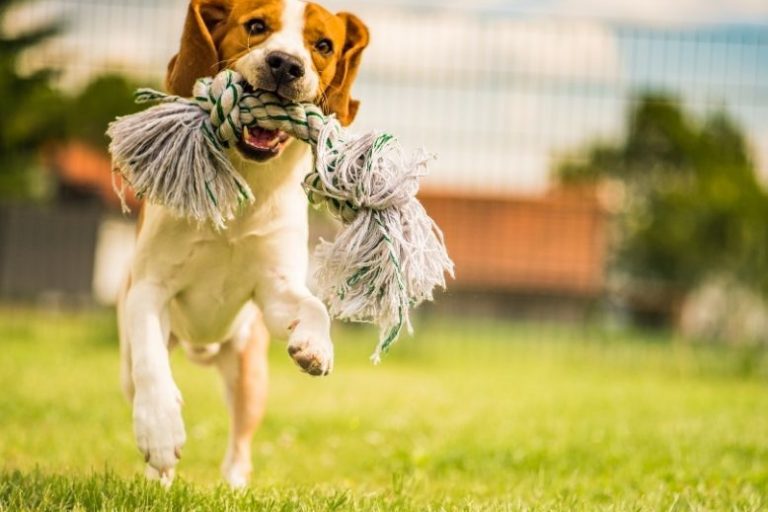
DIY puzzle toys are a fantastic way to enrich your dog’s day, especially when they’re home alone. These simple, affordable projects provide mental stimulation, prevent boredom, and give your dog something positive to focus on until you return.
By incorporating puzzle toys into your dog’s routine, you’ll not only promote good behavior but also keep their mind sharp and satisfied. So next time you’re heading out to work, leave your dog with a homemade puzzle—it’s a win-win for both of you.


